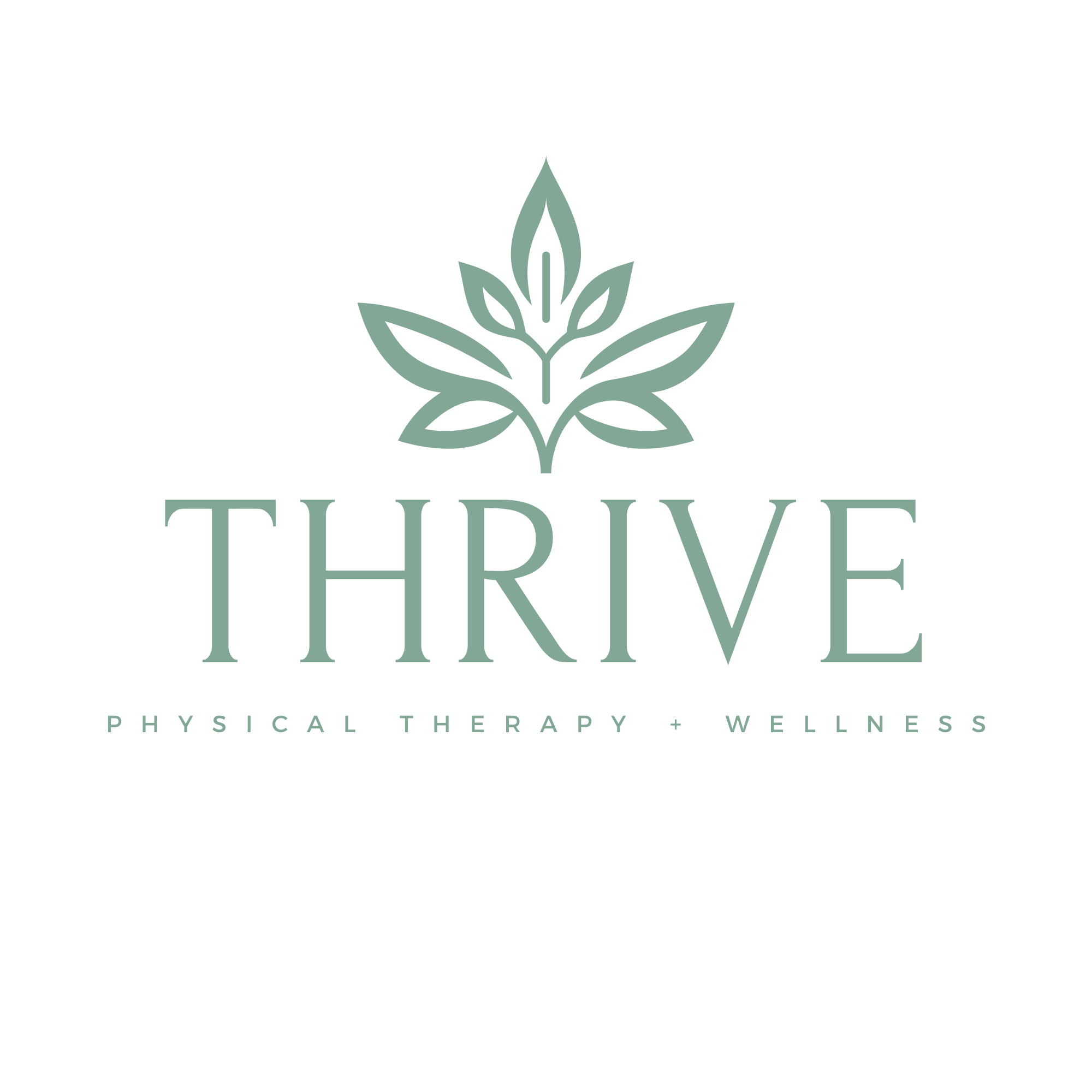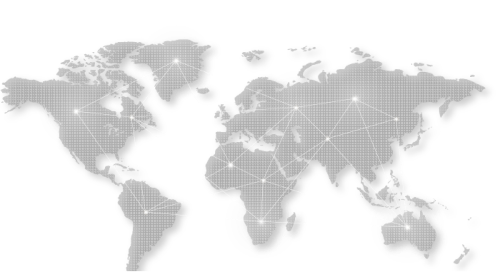
If you’ve ever been in an auto accident, you know that the aftermath is more than just swapping insurance information. It’s the nagging pain that shows up days later. The tight neck, the stiff lower back, the way your shoulder winces every time you reach for something. Sometimes the emotional shock doesn’t even hit until the body starts screaming for help. When this happens, the question that usually comes up is: How do I heal from this in a way that really works?
Most people are directed toward traditional pain management, usually involving prescription medication, muscle relaxers, and rest. But there’s a growing shift—especially among patients who are tired of temporary solutions—toward auto accident injury therapy, a more hands-on, personalized approach to recovery that treats not just symptoms but root causes. This is where the difference truly begins.
Understanding the Two Approaches
At first glance, traditional pain management seems like a logical response. You’re in pain, so you’re given something to dull the discomfort. In some cases, you’re prescribed opioids or non-steroidal anti-inflammatory drugs. You might also be sent home with a heat pack and advised to avoid strenuous activities. It’s a reactive model—treat the pain that already exists.
Auto accident injury therapy, on the other hand, takes a proactive and rehabilitative route. Instead of numbing the pain, therapists assess the body to understand what’s misaligned or damaged, then guide the patient through a tailored recovery process. At Thrive Physical Therapy, this begins with listening. Really listening. Therapists take the time to understand the accident’s mechanics, the patient’s unique experience, and how that experience has manifested physically.
Why Medication Isn’t Always the Answer
Let’s be real—there’s a time and place for medication. But in the context of auto injuries, it often functions like putting a band-aid over a bullet wound. Painkillers don’t fix a pinched nerve or a misaligned vertebrae. They don’t retrain muscles that have gone into protective spasm. And they certainly don’t restore proper movement patterns. They make you feel better temporarily, but they don’t make you better.
At Thrive, physical therapists don’t just ask, “Where does it hurt?” They ask, “What movements are you avoiding? What does your day-to-day life look like now?” This deep dive helps to paint a full picture, ensuring that therapy isn’t based on symptoms alone but on the root dysfunctions.
The Power of Movement and Manual Therapy
One of the fundamental beliefs at Thrive Physical Therapy is that healing happens through movement. And not just any movement—intentional, guided, and professionally supported exercises designed to correct imbalances, reduce inflammation, and rebuild strength.
Imagine you’ve suffered whiplash. Traditional pain management might involve neck collars, meds, and bed rest. At Thrive, the approach looks different. After assessing the tissue damage and range of motion, the therapist will use a combination of manual therapy to reduce tension and customized mobility exercises to gradually restore function. Over time, this builds long-term resilience—not dependency.
Manual therapy is a cornerstone at Thrive, and it goes far beyond a simple back rub. It involves targeted techniques such as soft tissue mobilization, myofascial release, joint manipulation, and neuromuscular re-education. These methods are designed to reset how the body moves and feels, particularly after trauma.
The Emotional Layer of Recovery
Physical trauma often carries emotional weight. Anxiety, fear of movement, or even PTSD can follow a traumatic car accident. Traditional models often overlook this, focusing solely on pain as a physical phenomenon. But at Thrive, emotional well-being is acknowledged as part of the recovery journey. Therapy isn’t just about lifting weights or stretching hamstrings—it’s about creating a safe, supportive space where patients feel heard and empowered.
When someone is terrified of re-injury, they move differently. They avoid certain actions. That avoidance leads to compensations. Those compensations lead to more dysfunction and pain. It becomes a loop. A skilled therapist recognizes this pattern and knows how to gently guide the patient out of it—physically and mentally.
Long-Term vs. Short-Term Outcomes
This is where the comparison gets particularly striking. Traditional pain management often emphasizes short-term relief. Get the patient out of pain. Fast. But what happens next? The pain often returns—sometimes even worse—because the root issue was never addressed.
In contrast, auto accident injury therapy focuses on long-term results. At Thrive, patients don’t just get a few sessions and a farewell handshake. They receive a roadmap, a structured plan for recovery that evolves as they heal. Progress is constantly reassessed. Adjustments are made. It’s a collaborative process, where success is measured not just by how you feel, but by what you can do.
Can you sleep through the night again? Can you pick up your toddler without wincing? Can you get back behind the wheel without anxiety clenching your chest? These are the outcomes that matter. And they’re the ones Thrive’s team is committed to achieving.
The Individual Matters
Perhaps the most refreshing aspect of Thrive Physical Therapy’s approach is that it’s deeply personal. No two auto accidents are the same, so why should two recovery plans be? Whether it’s a young athlete dealing with soft tissue trauma, or a middle-aged commuter facing spinal issues after a rear-end collision, the therapy is crafted for that person’s goals, lifestyle, and body.
Traditional pain management often feels transactional. You see a physician, get a prescription, and you’re out the door in ten minutes. Physical therapy, done right, is a relationship. It involves observation, discussion, adaptation, and support. It requires trust—and at Thrive, that trust is earned every day through consistent, compassionate care.
Preventing Future Injury
Here’s something traditional pain management rarely addresses: prevention. Once the pain is gone, the journey is often considered over. But in the real world, unresolved movement patterns and lingering weaknesses can leave you more susceptible to future injury.
Thrive Physical Therapy integrates preventative care into every phase of treatment. It’s not enough to recover—you need to recover stronger. Therapists teach patients how to listen to their bodies, how to maintain their gains, and how to build functional strength that can stand up to the demands of life. Education is part of the therapy. Patients leave not only with stronger bodies, but with the knowledge to keep themselves healthy long-term.

Reclaiming Your Life
Auto accidents take things from people—time, confidence, independence. The true value of comprehensive injury therapy lies in giving those things back. You’re not just trying to feel better. You’re trying to get your life back. And not just any version of it—the version that lets you work, play, travel, move, and engage without hesitation.
There’s something empowering about being an active participant in your own healing. It’s not passive. It’s not dependent. At Thrive, you don’t just lie on a table waiting for someone to fix you. You show up, you move, you engage. And with every session, you get a little closer to the life you had before the accident—or maybe even better than that.
The Verdict: What’s Better?
If you’re looking for short-term symptom relief, traditional pain management might be a starting point. But if you’re looking for true recovery, lasting relief, and a deeper understanding of your body, then auto accident injury therapy—particularly through a clinic like Thrive—is undoubtedly the better path.
It’s not about masking pain. It’s about solving the puzzle. It’s about being seen not as a set of symptoms but as a whole person with goals, fears, and potential. It’s about regaining not just comfort, but confidence. And that’s something pills alone can never offer.
Suggested Reading: Recovering from Auto Accident Injuries: How Physical Therapy Helps
Conclusion: Why Thrive Physical Therapy?
When choosing between temporary pain relief and long-term functional recovery, the choice becomes clear. Thrive Physical Therapy stands at the forefront of evidence-based, compassionate care for auto accident injuries. Their patient-first philosophy, hands-on expertise, and commitment to whole-body healing make them more than just a clinic—they’re a partner in your recovery journey.
If you or someone you love has been injured in an auto accident, it’s time to explore an approach that looks beyond the pain and sees the person. Visit https://thriveptclinic.com/ to learn how their dedicated team can help you reclaim your health—and your life—with clarity, care, and confidence.

